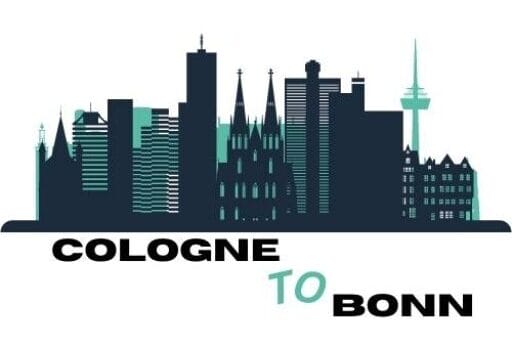Visiting Alexander Koenig Research Museum – Is it worth it?
*Cologne-to-Bonn contains affiliate links and is a member of the Amazon Services LLC Associates Program. If you make a purchase using one of these links, we may receive compensation at no extra cost to you.
ARE YOU PLANNING TO VISIT ALEXANDER KOENIG RESEACRH MUSEUM IN BONN, GERMANY?
You are in the right place. I lived in Bonn and visited Museum Koenig twice.
In this post, I will be sharing everything you need to know about a visit to Museum Koenig. If you’re planning a trip to Bonn, you won’t want to miss this comprehensive guide.
So sit back, relax, and let’s dive into the world of the distinguished Alexander Koenig Research Museum in Bonn, Germany.
BEFORE YOU GO….
If you are looking to make the most out of your experience in Bonn, the Bonn Regio WelcomeCard is the ultimate tip. This card allows you to explore not only Bonn but also the surrounding areas while saving money in the process.
With the Bonn Regio WelcomeCard, you can travel for free on public transport and gain free entry or discounted prices to many museums.
So, if you’re looking for a way to make your trip to Bonn budget-friendly, be sure to get your hands on the Bonn Regio WelcomeCard.
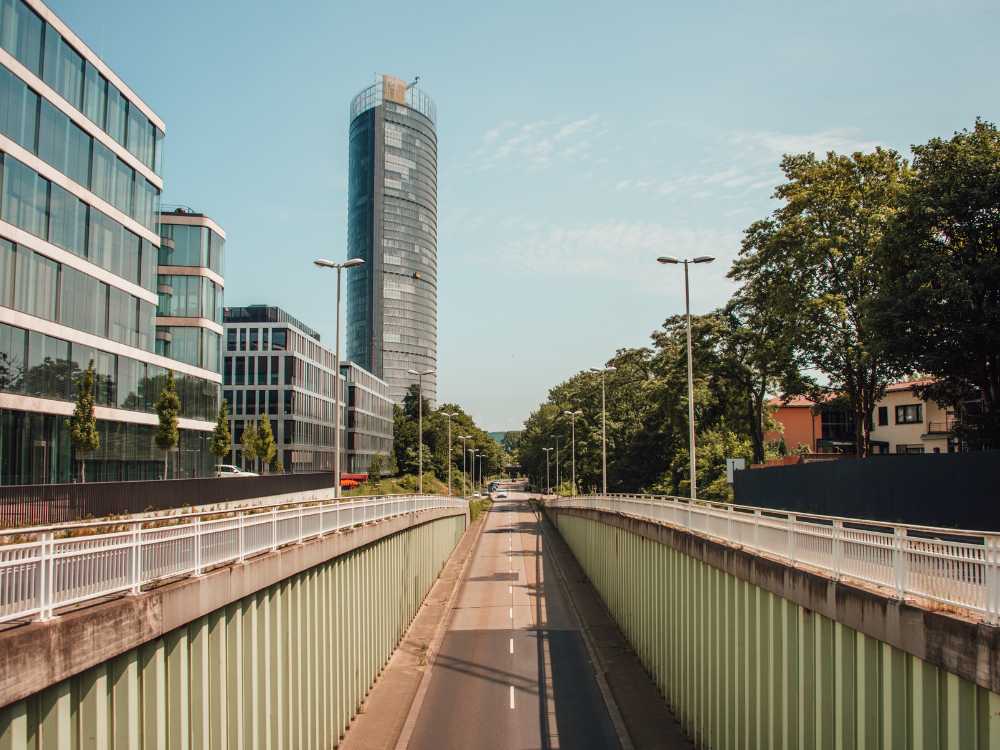
WHAT IS THE ALEXANDER KOENIG RESEARCH MUSEUM?
The Alexander Koenig Research Museum is a renowned natural history museum located in Bonn, Germany. Named after its founder, Alexander Koenig, the museum houses an extensive collection of scientific specimens and artifacts.
Museum Koenig actively contributes to scientific research, conservation efforts, and public outreach programs. Its team of scientists and researchers conduct studies, focusing on a wide range of disciplines, such as zoology, botany, paleontology, and ecology.
Visitors to the Alexander Koenig Research Museum can explore its various exhibits, attend educational programs, and immerse themselves in the fascinating world of natural sciences. From animal displays to interactive installations and educational workshops, the museum offers a unique experience for visitors of all ages.
HISTORY OF THE ALEXANDER KOENIG RESEARCH MUSEUM?
The Museum Koenig has a fascinating history. It owes its existence to the vision and passion of Alexander Koenig, a renowned German zoologist. Inspired by his late father’s bequest, Koenig set out to establish a grand natural history museum.
Driven by his quest for diverse exhibits, Koenig embarked on numerous research expeditions. These expeditions took him locations such as the Arctic and North Africa, where he collected specimens and expanded his collection.
However, the construction of the museum faced an unfortunate setback when World War I erupted in the summer of 1914. The building was seized and repurposed as a military hospital for the duration of the war. Subsequently, it served as barracks and even as a prison for British and French occupying forces.
Inflation in 1923 inflicted significant financial losses upon Koenig, hampering his ability to pursue the museum project as initially planned. After intense negotiations aimed at securing the museum’s future, Koenig made the difficult decision to transfer ownership to the German Reich in 1929.
Finally, in 1934, the Museum Koenig opened its doors to the public. While the museum remained largely unscathed during World War II, it was closed to visitors from 1943 onwards. The exception was the charred villa, which was reconstructed in a simplified form in 1949.
Due to the lack of suitable representative buildings in Bonn, the museum’s grand hall hosted the inaugural session of the Parliamentary Council in 1948.
During a brief period, the museum served as the headquarters of the Federal Chancellery. After his election in September 1949, Konrad Adenauer used the museum as his place of work for two months. Additionally, the museum accommodated several federal ministries in the rooms facing Adenauerallee until 1957.
Since October 1, 1953, the Museum Koenig has been under the ownership of the state of North Rhine-Westphalia. Today, with approximately seven million specimens, it stands as one of Germany’s largest natural history collections. It is showcasing the wonders of the natural world to visitors from far and wide.
WHAT TO EXPECT?
When you visit Museum König in Bonn, get ready for an extraordinary adventure into the wonders of the natural world. Expect to be captivated by the museum’s permanent exhibition, where you’ll embark on a journey through Earth’s most significant ecosystems.
Prepare to uncover the secrets of the savannah, as you learn about the importance of bushfires and witness how animals adapt to the extreme conditions of the Arctic and Antarctic. Immerse yourself in the lush greenery of the rainforest, where a diverse array of animals and plants awaits your discovery.
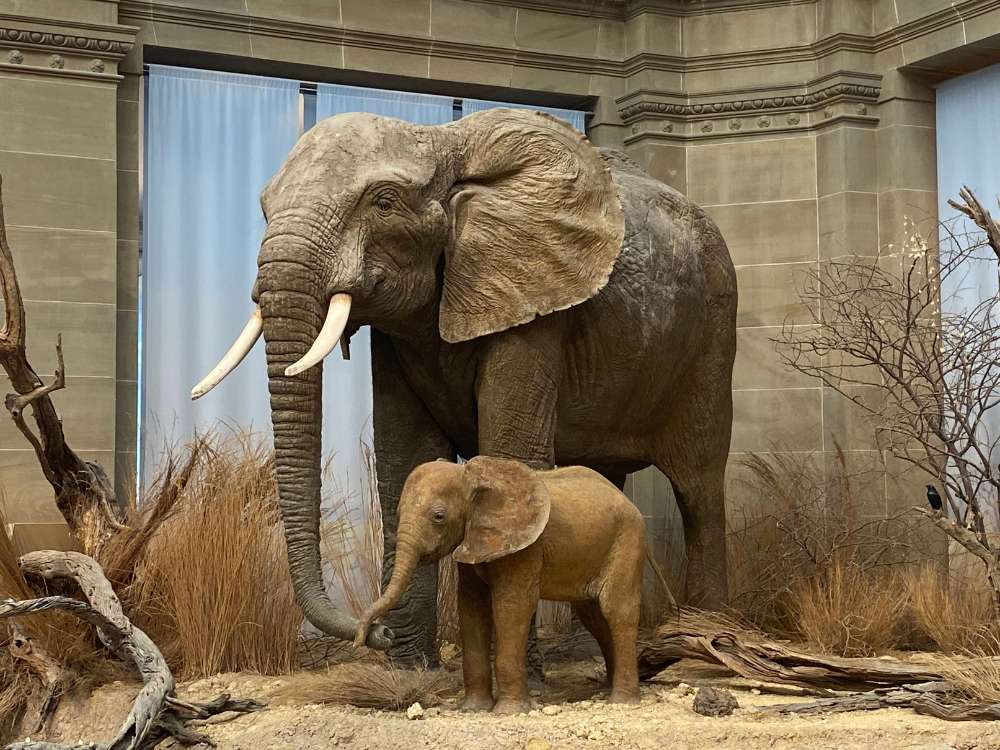
Be transported to the polar regions as you explore the Arctic and Antarctic exhibit, marveling at the frozen landscapes, mesmerizing ice formations, and the unique wildlife that thrives in these harsh environments. Experience the power of Central Europe’s native species and delve into the fascinating adaptations of desert-dwelling animals.
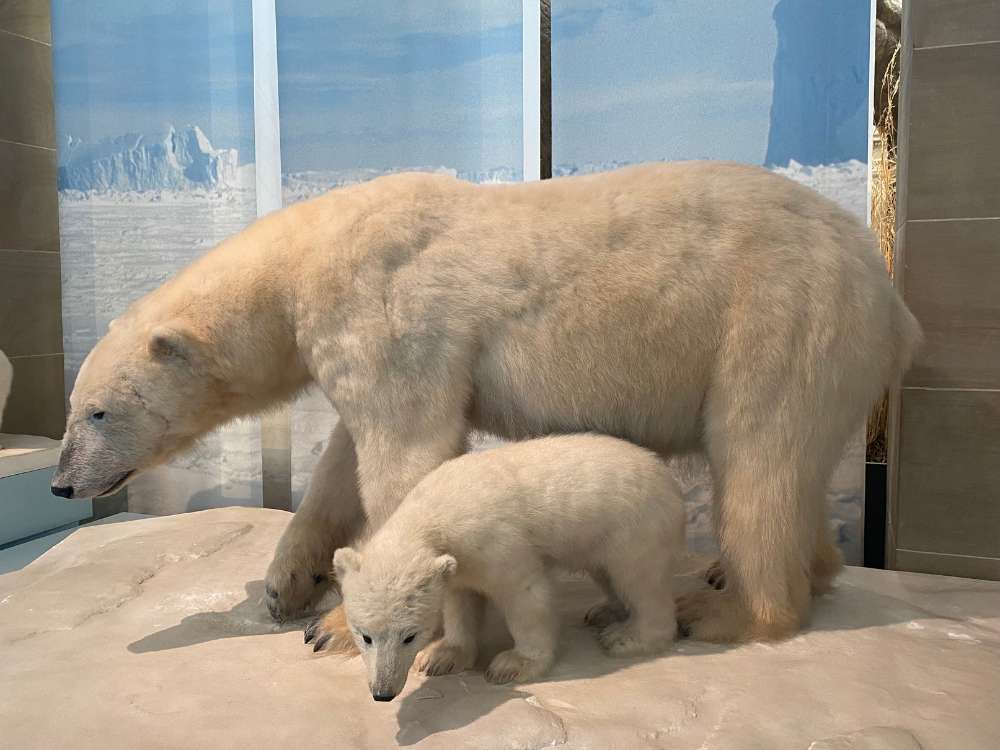
But that’s not all! Dive into the underwater world as you explore the importance of freshwater habitats and the incredible diversity of species they harbor. Learn about the crucial research conducted by the scientists at the Research Museum König and discover the museum’s collections and research projects that shed light on the captivating world of biodiversity.
With each step you take, be prepared to be amazed by the intricate interplay of nature, where every species plays a vital role. Museum König invites you to appreciate the delicate balance and interconnectedness of our planet’s ecosystems.
So, get ready for a truly immersive and awe-inspiring experience. Museum König will take you on a journey of discovery, sparking curiosity and deepening your appreciation for the remarkable world we live in. Get ready to explore, learn, and be inspired at Museum König Bonn!
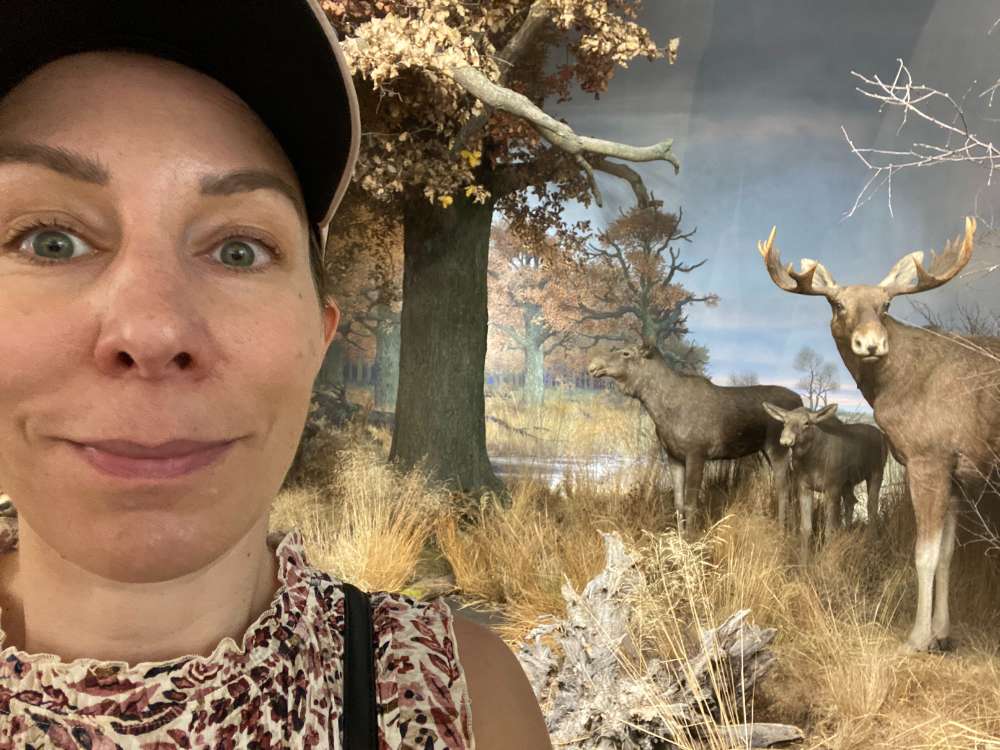
WHEN TO VISIT?
Are you excited about visiting the fascinating Museum König? To help you plan your visit, here’s some essential information about the museum’s schedule:
The museum welcomes visitors from Tuesday to Sunday, ensuring you have ample opportunities to explore its treasures. However, please note that the museum is closed on Mondays, with one exception—when it falls on a public holiday. So, if you’re lucky enough to have a public holiday on a Monday, you can still enjoy the wonders of Museum König.
During the regular opening days, you can immerse yourself in the exhibits from 10:00 AM to 6:00 PM. The last admission is at 5:15 PM, so it’s best to arrive in time to ensure you can make the most of your visit.
But wait, there’s more! On Wednesday evenings, the museum extends its hours to accommodate visitors who prefer a magical experience after sunset. From 6:00 PM to 9:00 PM, you can explore the exhibits under the enchanting evening lights. The last admission for the evening session is at 8:15 PM, so remember to plan accordingly.
However, there are a few dates when the museum takes a break to observe special occasions. It remains closed on Christmas Eve, 1st Christmas Day, and New Year’s Eve. During these festive times, the museum staff enjoys their well-deserved celebrations, and visitors are encouraged to join in the festivities elsewhere.
As with any visit, it’s always a good idea to double-check the museum’s schedule and any updates or special events that might affect the opening hours. This way, you can plan your visit with precision and make the most of your time at Museum König.
IS IT WORTH IT?
Absolutely! Visiting Museum Koenig is definitely worth it. Here are a few reasons why:
1. Extensive Natural History Collection
The museum boasts an impressive collection of approximately seven million specimens, making it one of Germany’s largest natural history collections. From preserved animals and fossils to minerals and botanical specimens, the exhibits offer a comprehensive look into the wonders of the natural world.
2. Scientific Research and Expertise
Museum Koenig is not just a display of artifacts; it is also a hub of scientific research and expertise. The dedicated team of scientists and researchers actively contributes to various fields of study, advancing our understanding of zoology, botany, paleontology, and ecology. By visiting the museum, you get a glimpse into the research happening behind the scenes.
3. Educational and Engaging Exhibits
The museum offers engaging and educational exhibits designed to captivate visitors of all ages. Whether you’re a nature enthusiast, a student, or a family looking for an educational outing, Museum Koenig provides a wealth of information and interactive displays that make learning about the natural world a fun and immersive experience.
4. Historic Significance
The museum’s history itself adds to its allure. From the visionary founder Alexander Koenig to its transformation during times of war and its role as the temporary headquarters of the Federal Chancellery, Museum Koenig carries a rich heritage that adds depth to its exhibits and the overall experience.
5. Unique Events and Special Exhibitions
The museum often hosts special events and temporary exhibitions that delve into specific topics or showcase rare artifacts. These events provide a fresh perspective and offer visitors a chance to explore new aspects of natural history.
6. Location in Bonn
Situated in the beautiful city of Bonn, Museum Koenig provides an excellent opportunity to combine your visit with other attractions in the area. You can explore the city’s sites, enjoy its vibrant culture, and make the most of your visit to this museum.
So, whether you’re a nature lover or someone looking for an enriching experience, visiting Museum Koenig is definitely worth it.
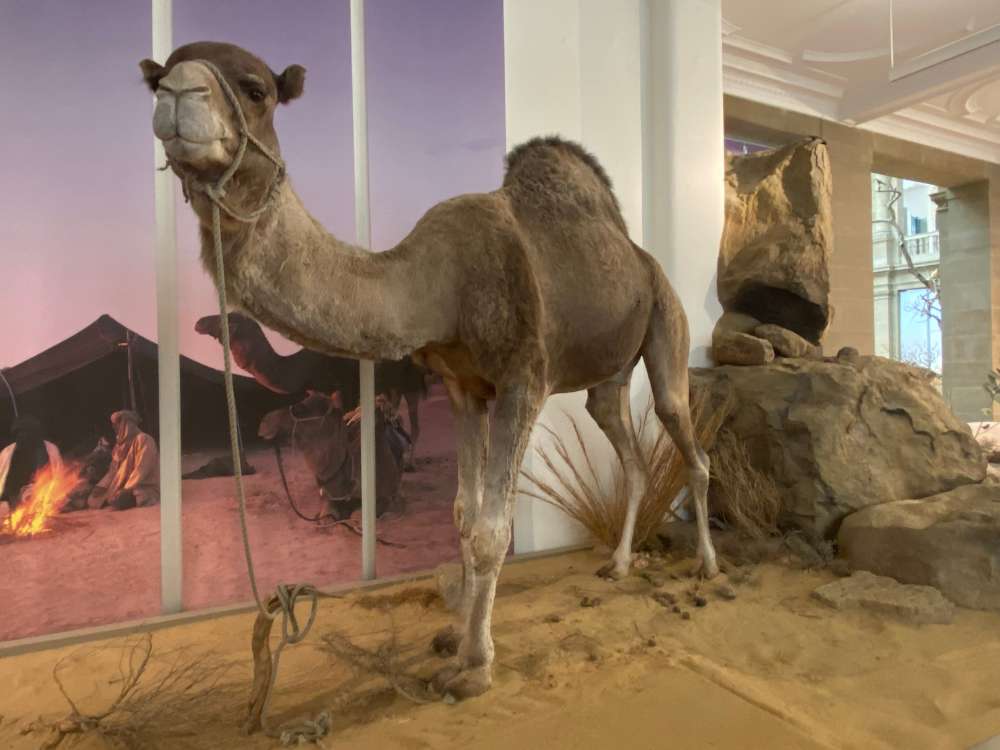
HOW TO GET THERE?
Getting to Museum Koenig in Bonn is relatively easy, and you have a few transportation options available. Here’s how you can reach the museum:
Public Transport
- Tram: Take tram line 16 or 63 and get off at the “Museum Koenig” stop. The museum is located just a short walk from the tram stop.
- Bus: If you prefer taking a bus, you can use bus lines 610, 611, 630, or 632 and alight at the “Museum Koenig” bus stop. The museum is within walking distance from there.
Car
If you’re driving to the museum, you can use GPS or navigation apps to guide you to the address: Adenauerallee 160, 53113 Bonn.
The museum has a parking area available for visitors, but it can be limited during peak hours.
If the parking lot at the museum is full, the surrounding streets are mostly residential parking zones and are regularly monitored. Therefore, it is recommended to use the nearby parking garage at the Kunst- und Ausstellungshalle (Art and Exhibition Hall), which is approximately a 10-minute walk away.
When planning your visit, it’s always a good idea to check the local transportation schedules and any updates or changes that might affect your journey. Also, consider the traffic and parking availability if you’re driving.

WHERE TO STAY?
If you’re planning to visit Museum Koenig in Bonn, Germany, there are numerous accommodation options available to suit a variety of budgets and preferences. From hotels and guesthouses to apartments and hostels, there is something to suit every traveler’s needs.
WHAT ELSE TO DO IN BONN?
Bonn offers several activities and attractions for visitors to explore beyond its renowned Alexander Koenig Research Museum. From cultural landmarks such as the Beethoven House and Bonn Minster, to natural wonders like the Rhine River and Rheinaue Park, there are many things to see and do in this beautiful city.
In addition, Bonn also boasts numerous museums, galleries, shops, and restaurants that offer a diverse range of experiences for all tastes and interests. Whether you’re interested in history, art, music, or simply enjoying the local culture, Bonn has something for everyone.
- 23 Best Things to Eat at Cologne Christmas Market [Locals Pick] - 18. October 2023
- 15 Things to Do in Cologne at Christmas - 11. October 2023
- 20 Unusual Things to do in Cologne Germany - 6. September 2023
